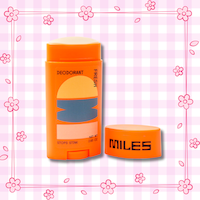Youth impact in India
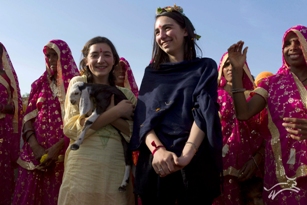
My sister, Paloma, also likes photography. We weren't really sure what to expect—all we really knew was that we were going to see the women in Rajasthan receive goats. We had no idea how that was going to change their lives.
On Their Own
Heifer International teaches women to take care of their families in a different way. They give the women training so that they can become what they call “paravets,” which means that they aren't exactly veterinarians, but they can check on the health of their animals, give them their shots and help the animals when they give birth. Once the women in the village have this knowledge, they can get the goats from Heifer. The goats help them raise money by providing milk to sell and they can also sell the offspring.
The women who get the goats from Heifer have to “pass on the gift” (their goat’s offspring) in 15 months to another woman who has done the training. They learn about all the Heifer cornerstones, which are the values they teach them to help the program. They talked a lot about the one cornerstone called Sharing is Caring and how they like to pass on their gift to other women. This is how Heifer helps to make a difference.
In one village we went to, the village earned enough money from their goats in the first year to get a well for water in their village. This was big because it meant that the girls in the village could spend more time in school. It is the girl’s responsibility to the family to get the water. When there is a well, the girls can go to school. So, the village getting the goats actually meant the girls could go to school, because with the goats, they got the well.
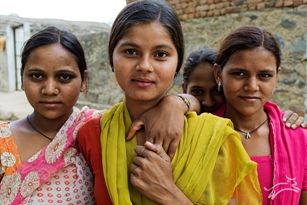
My name is Paloma. One truth that I confronted is that at home in America, women get many more freedoms. They can go and start their own businesses, and be successful at their jobs and most of them go to school. The gender training we went to really opened my eyes to see how tied back the women were in India.
To demonstrate this, they had a volunteer come up in front of the group, and the group leader tied her up with cloth, covering the parts that she had to block and keep secret when going outside of her house. They covered her eyes because she has to wear a veil, and tied her ankles because she can’t leave her house. They covered her mouth because she couldn’t cook just anything that she wanted to. She had to cook what her husband wanted, and she couldn’t eat until everyone else was finished, so sometimes she wouldn’t even get food to eat. It made me feel sad to realize what these women were going through, with just a demonstration with a piece of cloth.
This is Paris, again. They talked about how women shouldn’t have those boundaries, and that they should be free to wear what they want and do what they want. And they agreed that they would let their daughters avoid some of these boundaries. But of course they have to do it slowly, because it’s a hard thing to change. This is how they’ve been doing things for a really long time. It’s really nice that they want to change. It shows that they really care about their daughters and want to make a better life for them.
It was amazing to see how differently they live compared to how we live. In these villages, they live in these very small huts. Some of them were made from cow manure, because it’s one of the few resources they have. In one of the towns that we went to, they had a very big, deep well that they used for water because they don’t have plumbing.
I think my favorite part was the first village that we went to on the first day, because we got to hand out the goats. I thought it was very touching because one woman came up to my mom crying and said that she didn’t think people like us would come to watch her get her goats, or to help her, and I thought that was very sweet.
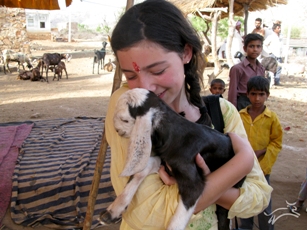
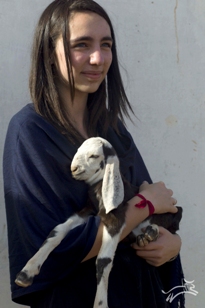
One lady that we interviewed at the first village said that they weren’t making any money at all, or maybe 10 rupees a month. And then after the program, they started saving 50 rupees a month, and then 100 rupees a month. One hundred rupees is only like two dollars in America. That kind of shocked me because I couldn’t imagine living on two dollars a month. She said she had three kids and a husband, and she cooked for all of them, so I thought that was very inspiring. It makes me appreciate the life I have more.
To find out more about Paris’s time in India, visit her blog.
Read more about Paloma’s travels here.
1) Work with your friends to raise money to buy a goat ($120), or even an ark! This can be done at school, social functions or in your neighborhood. Get fundraising ideas, here.
2) Call a local Heifer field office for ideas on working with other Heifer volunteers.
3) Make your own video to win a chance to go on a study tour with Heifer International.
4) Be a part of the passing of the Blog. Heifer International not only Passes on the Gift, but will be Passing on the Blog to another set of volunteers. If you would like to share your story please contact: info@heifer.org.
5) Help Heifer India by donating directly, here.
POSTED IN In the News, Goal Getter, Get Inspired

 become a contributor
become a contributor














